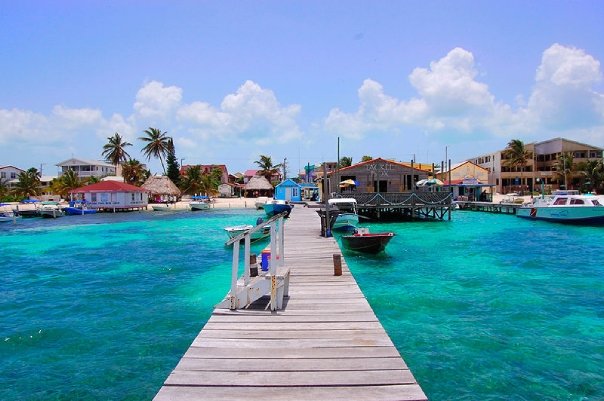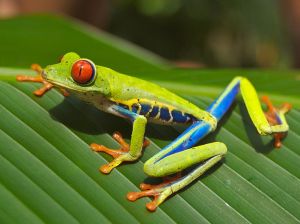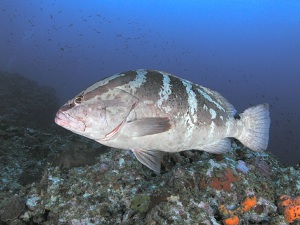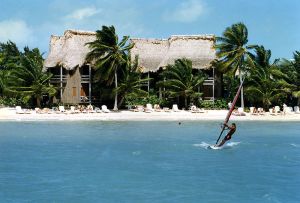The Ocelot measures up to 3 feet 2 inches in length, with a 1 foot 6 inches tail , and weighs 25–35 pounds. While similar in appearance to the Onicella and Margay, which also inhibits Belize, the Ocelot is larger. It has the lowest resting body temperature of any feline. It has a tawny to reddish-brown coat marked with black spots and rosettes. The fur is short, and lighter beneath. There are single white spots, on the backs of the ears, and there are two black lines on either side of the face. It has a black-banded tail.
The Ocelot is mostly nocturnal and very territorial. It will fight fiercely, sometimes to the death, in territorial disputes. In addition, the cat marks its territory with especially pungent urine. Like most felines, it is solitary, usually meeting only to mate. However, during the day it rests in trees or other dense foliage, and will occasionally share its spot with another Ocelot of the same-sex. When mating, the female will find a den in a cave in a rocky bluff, a hollow tree, or a dense (preferably thorny) thicket. The gestation period is estimated to be 70 days. Generally the female will have two or three kittens in the autumn, born with their eyes closed and a thin covering of hair.
Ocelots hunt over a range of 7 square miles, taking mostly small mammals (deer, various rodents), reptiles and amphibian (lizards, turtles and frogs), crabs, birds and fish. Almost all of the prey that the Ocelot hunts is far smaller than itself. Studies suggest that it follows and finds prey via odor trails, but the Ocelot also has very good vision, including night vision. The white rings around the Ocelot's eyes help to reflect extra light into the eye at night. Source









